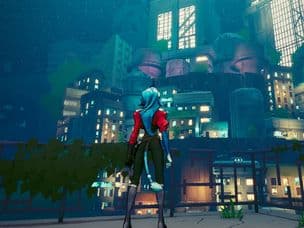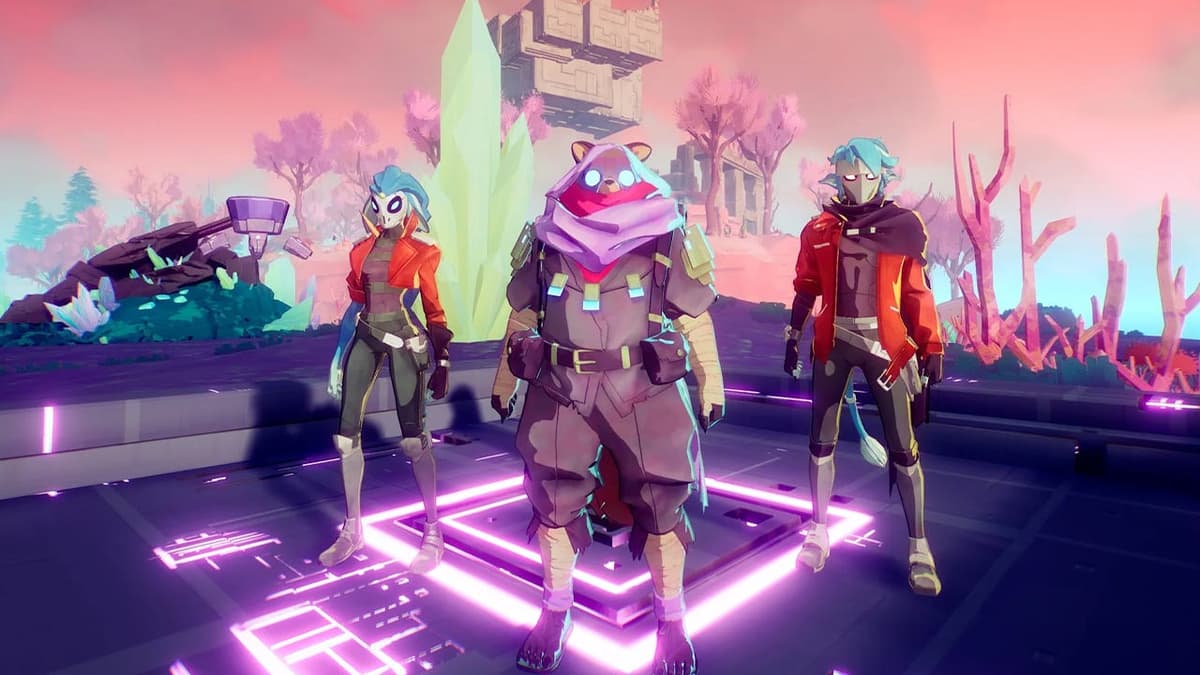
When Hyper Light Drifter launched in 2016, it felt like a love letter to anyone who believed in the power of wordless storytelling and razor-sharp combat. Pixelated vistas hid secrets you could almost taste, and that haunting soundtrack still echoes in my head. Fast-forward to late 2025, and I’m staring at a studio announcement that reads more like a dirge: after Hyper Light Drifter’s critical triumph and the stylistic leap of Solar Ash in 2021, Heart Machine is downscaling again. Its ambitious follow-up, Hyper Light Breaker, has stalled in Early Access, and another round of layoffs looms on the horizon once Possessor(s) ships on November 11. This isn’t a typical indie stumble—it’s a stark reminder of the brutal math of modern game development.
In October 2025, Heart Machine released a terse statement citing “changes in funding, corporate consolidation, and an unstable environment facing many small studios today.” Translation? Investment dried up, costs kept climbing, and Early Access failed to generate the runway they’d hoped for. It’s not a creative failure; it’s the ledger telling not even pedigree can shield you from tightening budgets.
Heart Machine’s official line echoes a story we’ve heard too often: “changes in funding, corporate consolidation, and an unstable environment facing many small studios today.” On the surface, that reads like corporate-speak; under the hood, it means investors are skittish, publisher advances didn’t stretch as far as planned, and running a mid-size indie studio in 2025 can feel like steering a barge through rapids with no guarantees.
This is their second major restructuring in a year. In November 2024, the team cut several roles amid Hyper Light Breaker’s troubles, and now—just before Possessor(s) lifts off—another four or more staffers will depart. Key roles in design, art, and QA are on the chopping block, according to insider sources. For a studio that once peaked around 50 employees, shrinking back to a skeleton crew marks a dramatic reversal of fortune.
Hyper Light Breaker’s journey through Steam Early Access began in January 2025 with high hopes. Heart Machine pitched Breaker as a bold step into 3D cooperative action within the beloved Drifter universe. But the numbers never aligned. According to SteamDB, Breaker’s peak concurrent player count hit just over 120 in its launch week, then slid to around 40 by spring and hovered in the low teens this summer. That “mostly positive” review score wasn’t enough to counter confusion over its roguelite extraction mechanics and graphical overhaul from pixel-art to stylized 3D.
Regular patches addressed crash bugs and performance hitches, but deeper design issues lingered. Players reported “readability” problems: visual chaos in combat, unclear objectives, and a learning curve steep enough to turn off anyone not already devoted to the Drifter lore. With user acquisition stalling and refund requests rising, continuing to pour resources into Breaker became a luxury Heart Machine could no longer afford.

Heart Machine isn’t new to success. Hyper Light Drifter became a modern indie classic, praised for its tight design and evocative atmosphere. Solar Ash followed in 2021 as a polished 3D action-adventure, proving the studio could adapt its aesthetic flair to new mechanics. When a team with that track record can’t translate Early Access into sustained momentum, it underscores just how punishing today’s market has become.
The “build it now, perfect it later” mantra only works if your initial hook captures attention. Breaker’s pivot away from pixel art—one of Drifter’s strongest emotional hooks—strained its identity. Combine that with stiff competition from high-visibility titles and attention-grabbing live-service games, and even legendary indie names can find themselves shouting into a void. For studios of Heart Machine’s size, the fallout isn’t just financial—it’s existential.
All eyes now turn to Possessor(s), set to release on PC and PlayStation 5 on November 11, 2025, under the Devolver Digital banner. On paper, this metroidvania is a smarter play: tight scope, clear genre expectations, and a familiar 2D/2.5D aesthetic that harkens back to Drifter’s visual clarity. It’s the kind of hands-on, exploration-driven experience that can galvanize both critics and streamers—if executed well.
But there’s no room for half-measures. Performance must be rock-solid at launch, progression needs to feel rewarding without overwhelming new players, and the world must sing with the studio’s signature blend of mystery and melody. If Devolver’s marketing machine can drum up the buzz and early player impressions fall in line, we could witness a rapid rebound in goodwill and sales. A successful launch that sustains a healthy 500–1,000 concurrent players over the first month could buy Heart Machine precious breathing room.

Conversely, even minor hiccups—frame drops, imbalanced difficulty, or pacing issues—could echo Breaker’s woes and accelerate attrition. Given the tighter budget and smaller post-launch support team, recovery would be far more challenging this time around.
One of the lessons from Breaker’s stumble is that Early Access isn’t a safety net. It’s a public stress test that amplifies whatever you put on the table—good or bad. Players who jump in early are often the most vocal, the most demanding, and the quickest to request refunds if the core gameplay loop doesn’t hook them immediately.
For fans, Early Access should be treated like a patronage model: you’re sponsoring a work in progress. If you’re expecting a polished, feature-complete title, you’ll likely walk away disappointed. For developers, the mantra is simple: scope down, find your one-line pitch that screams “I must play this,” and cultivate a community before the public release. Breaker’s lesson stands stark: platforms and algorithms favor games that take off fast; they rarely wait for a slow burn.
Heart Machine’s predicament is emblematic of broader industry trends. Consolidation among publishers, rising development costs, and an ecosystem that rewards either massive live-service projects or lightning-in-a-bottle viral hits has squeezed the mid-tier. Independent studios with critical acclaim but moderate budgets face a narrowing path to sustainability.
Even teams with proven track records are vulnerable. Investment cycles have shortened, and publishers increasingly demand clear, low-risk roadmaps. The days of funding ambitious side projects with fuzzy scopes are fading. Heart Machine has signaled it will now “regroup around smaller, clearer-scope projects,” a pivot that mirrors moves by peers who’ve trimmed creative ambitions to survive.

Possessor(s) launches on November 11, and its first 72 hours will set the tone. Here are the indicators that will matter:
Heart Machine’s journey from pixel-art passion project to 3D cooperative experiment and now to a soul-bound metroidvania encapsulates the perilous arc of modern indie development. Breaker’s falter laid bare the hazards of drifting from your core strengths. Possessor(s) represents redemption or retreat—a chance to prove that the studio’s creative spark still burns bright even on a tighter budget.
If Possessor(s) delivers on its promise, Heart Machine can stabilize, rebuild its team, and perhaps return to bolder experiments down the line. If it falters, the outlook grows grim: shrinking support, diminished investor confidence, and the specter of yet more layoffs could force the studio into perpetual maintenance mode or, worse, closure.
Either way, the coming months will be a masterclass in indie resilience and risk management. For players and observers, this is more than a game release—it’s a real-time case study of what it takes to survive at the bleeding edge of interactive art.
Get access to exclusive strategies, hidden tips, and pro-level insights that we don't share publicly.
Ultimate Gaming Strategy Guide + Weekly Pro Tips